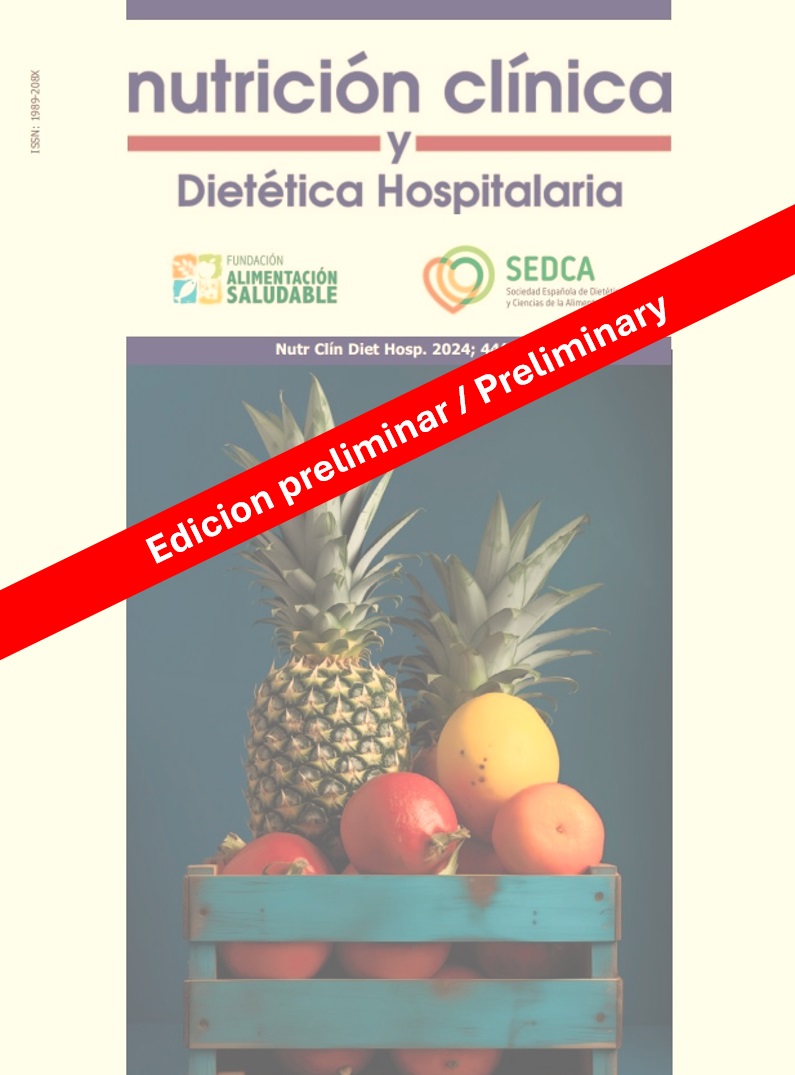The Nusantara diet of Makassar on the ratio of triglyceride to HDL on the risk of cardiovascular disease in individuals with the risk of metabolic syndrome.
DOI:
https://doi.org/10.12873/444hayatPalabras clave:
Antioxidants, Cholesterol, Metabolic Syndrome, Nusantara dietResumen
Introduction: The prevalence of metabolic syndrome in recent decades has increased along with the increasing prevalence of obesity globally. Metabolic syndrome increases a person's risk of developing cardiovascular disease. Non-pharmacological strategies are needed to have a good impact on those at risk, one of which is the Nusantara Diet.
Method: Experimental research with parallel pre-post test randomized clinical trial design, and open label trials. This study compared the triglyceride to HDL ratio values between the Nusantara diet group (DN group) compared to the control group (K group). We involved 50 subjects (25 in the DN group and 25 in the K group) as research respondents.
Result: The mean age of research respondents was 35.1 ± 6.9 years. When viewed from the metabolic syndrome components, 100% were obese with a mean BMI of 30.1 ± 3.2 kg/m2. The mean abdominal circumference was 98.3 ± 7.7 cm, the mean fasting blood sugar level was 89.2 ± 11.1 gr/dL, 90.0% had normal blood pressure. There were no significantly different between the two groups after intervention TG/HDL (2,6 ± 1,1 vs 3,18 ± 2,2, p = 0,194)
Conclusion: Providing the Nusantara Diet especially Diet Nusantara from Makassar has a positive impact on TG/HDL but there were no significant result on this study.
Descargas
Publicado
Licencia
Derechos de autor 2024 Nutrición Clínica y Dietética Hospitalaria

Esta obra está bajo una licencia internacional Creative Commons Atribución-NoComercial-SinDerivadas 4.0.
Los lectores pueden utilizar los textos publicados de acuerdo con la definición BOAI (Budapest Open Access Initiative)







